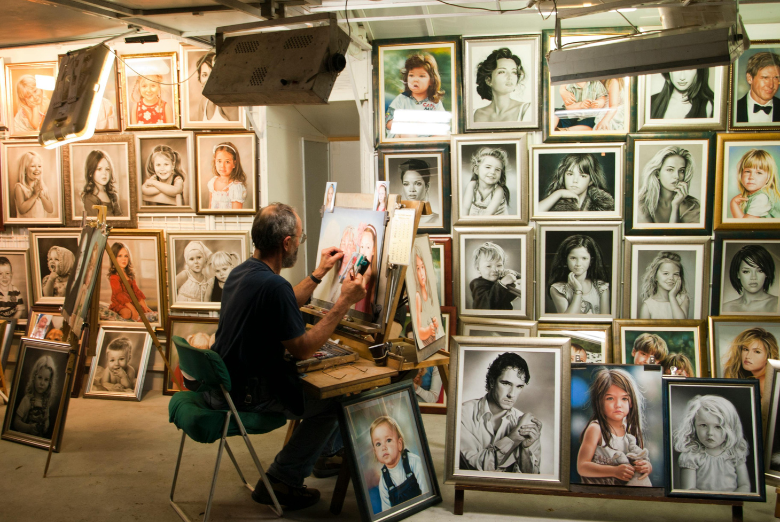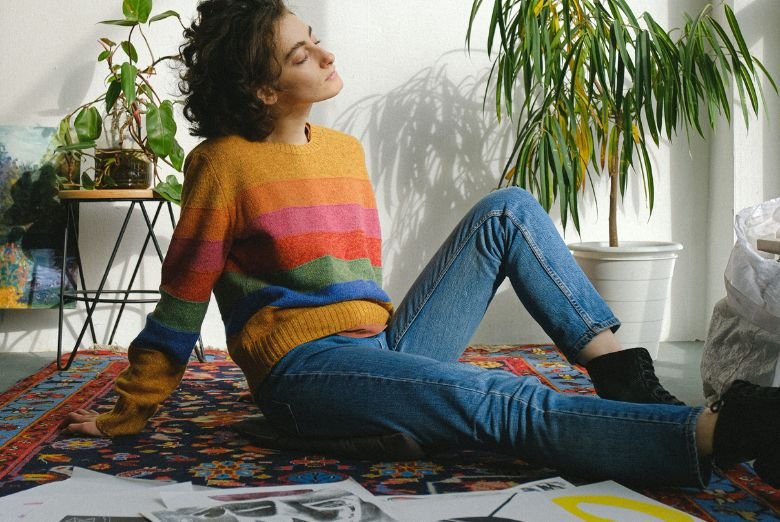Is it the artist who shapes the painting, or does the painting define the artist? Auction houses have long been stages for extraordinary displays of wealth, influence, drama, and intrigue. With the global rise in high net worth individuals, these affluent multi-millionaires and billionaires are increasingly investing in rare works of art, leading to bidding wars that reach astonishing heights. Let’s explore The Top 10 Most Expensive and Controversial Paintings Ever Auctioned.
1. Edvard Munch “The Scream” (1895)
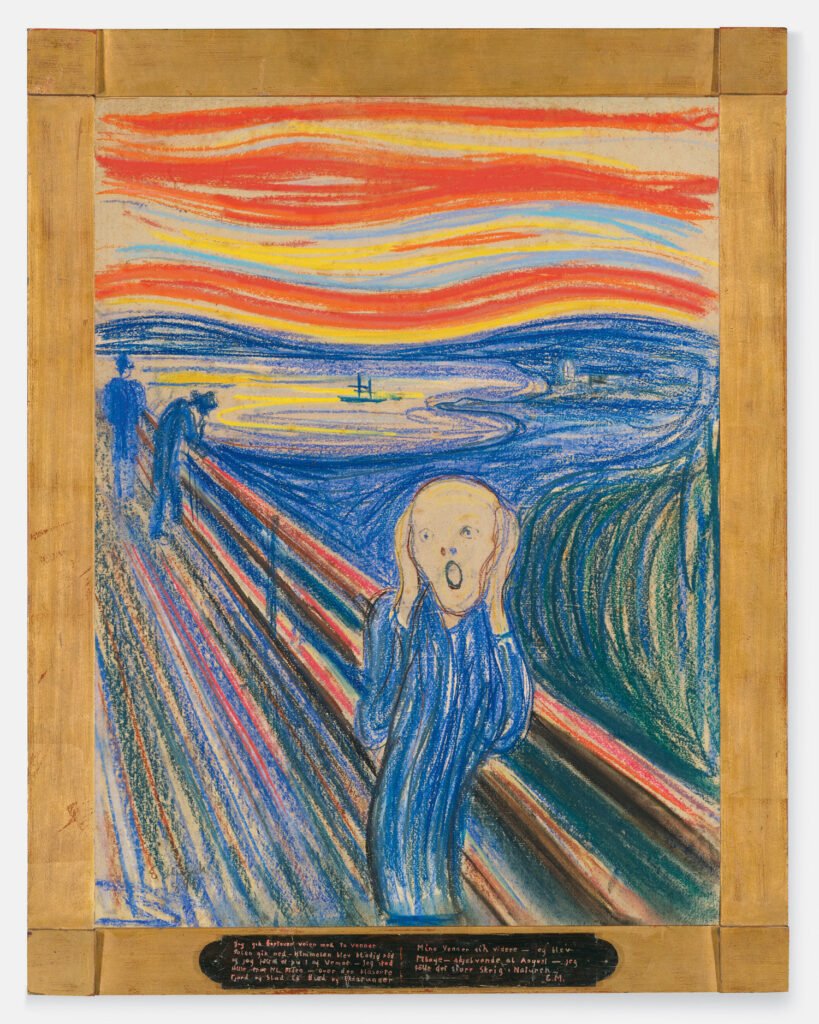
Edvard Munch created four different versions of his most famous painting. Three of these are now permanently house in museums in Norway. The remaining piece, still in private hands, garnered global attention in 2012. In just 12 tense minutes, it sold for a staggering $119.9 million, setting a new world record. As with many high-value sales, the buyer’s identity remains a mystery.
2. Gustav Klimt “The Woman in Gold” (1907)

Cosmetics enthusiasts will immediately recognize the name Robert Lauder, the immensely wealthy magnate behind the world-famous brand that bears his name. Fewer people, however, know that he allegedly paid around 135 million USD for what is considered Klimt’s crowning masterpiece. Although Lauder has consistently refused to disclose the final sale price, sources close to him informed the press following the 2006 sale. The painting itself has a controversial history, having been the focus of a protracted legal battle between the Austrian government and the niece of the woman depicted in it. She contend that the painting, along with four other Klimt works, was stolen from her family by the Nazis during WWII, a claim upheld by the courts.
3. Qi Bashi “12 Landscape Screens” (1925)

During a frenzied phone auction, bids were flying from all directions, leading to Qi Baishi’s “12 Landscape Screens” setting a new record in 2017. It briefly became the most expensive painting ever sold, fetching 140.8 million USD, and achieved the highest price ever paid for a Chinese artwork at auction. Commentators saw this as a sign of Asia’s growing influence. The buyer chose to remain anonymous, and the painting is not on public display.
4. Van Gogh “Portrait of Doctor Gachet” (1897)

Van Gogh’s most acclaim painting, portraying the doctor who tend to him during his final years, was sold in 1990 to a Japanese businessman for an astonishing 82.5 million USD. This record-breaking sum for a painting stunned the world, showcasing an extraordinary level of disposable income. Even more unsettling was the buyer’s declaration that he intended to have the piece cremated with him upon his death. Whether he carried out this promise remains unconfirmed, and subsequent investigations into the painting’s whereabouts have been unsuccessful.
5. Leonardo Da Vinci “Salvator Mundi” (1500)

The most expensive and controversial painting ever sold at auction is attribute to Leonardo da Vinci. Among the twenty existing works believed to be by the master, “Salvator Mundi” is the only one still in a private collection. The astonishing final price of $450 million left many in shock and sparked much speculation about the buyer’s identity. Eventually, the art world reveal the buyer to be Saudi Arabian crown prince Mohammed bin Salman. The controversy surrounding this painting continues, with ongoing debates about its authenticity within the global art community. Its contentious nature even inspired a Netflix documentary.
6. Pablo Picasso “Les Femmes d’Alger Version O” (1954-55)

The year 2015 was a considerable one for the auction world, with our number two and three spots being sold in the same year. The source of inspiration for this painting was European artist Delacroix, who Picasso admired greatly. Version “O”, the last in the series, was presented for auction in 2015, where it receive the highest pre-auction valuation ever at 140 million USD. Unbelievably, the pre-valuation sum was beaten, and the final result was 179.4 million USD, sold to a Qatari former prime minister
7. The Card Players by Paul Cézanne

In the 1890s, Paul Cézanne produced a series of five paintings portraying laborers playing cards. This particular piece, showing two men absorbed in their game, exudes a tranquility that contrasts with Cézanne’s earlier, more dramatic and vibrant works. While most of the series is in museums worldwide, this specific painting was acquire by the royal family of Qatar for $250 million in 2011.
8. The Standard-Bearer by Rembrandt
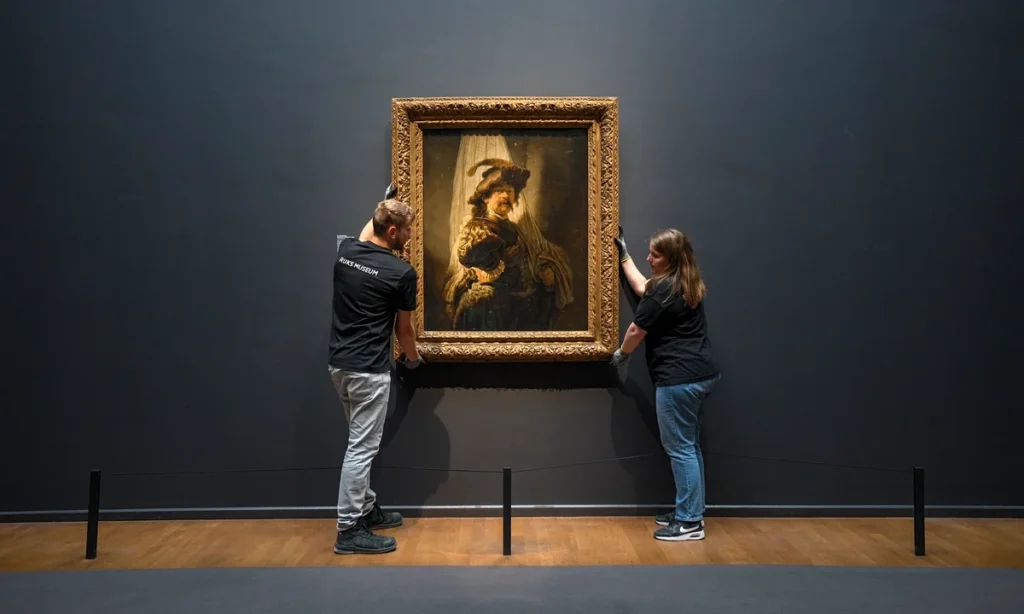
Celebrated as one of Rembrandt’s most dynamic works, The Standard-Bearer is a 1636 self-portrait by the Dutch Golden Age master. Initially own by England’s King George IV, the painting was acquire by the Rothschild family in 1844. In late 2021, the Dutch government revealed its intention to purchase the piece from the Rothschilds for the national collection. The artwork was ultimately sell to the Netherlands for €175 million (approximately $198 million) in 2022 and has since been showcase in various museums across the country.
9. Interchange by Willem de Kooning
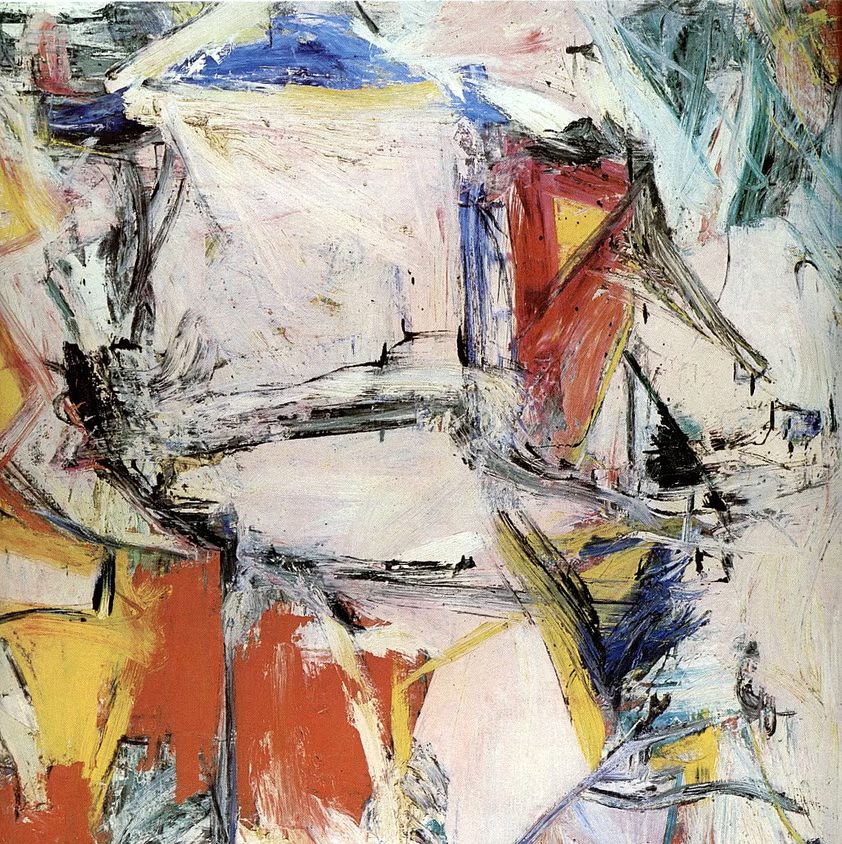
Considered the “artist’s artist,” Dutch-American painter Willem de Kooning significantly influenced the abstract expressionist movement with his gestural works, often depicting figures, landscapes, and still life. “Interchange” marks a transition in de Kooning’s oeuvre from predominantly portraying women to exploring more abstract urban landscapes. The painting’s central pink area symbolizes a reclining woman set against a bustling backdrop. Kenneth C. Griffin purchased this oil painting from the David Geffen Foundation for $300 million in September 2015.
10. Portraits of Maerten Soolmans and Oopjen Coppit by Rembrandt van Rijn

The full-length wedding portraits of Marten Soolmans and Oopjen Coppit, painted by a young Rembrandt in 1634, have remained together since their creation—unlike many other 17th-century portrait pairs. Acquire by the Rothschild family in 1878, the portraits were later sold through Christie’s to the Louvre and the Rijksmuseum. These two European museums now alternate in displaying the portraits, ensuring they remain united.

